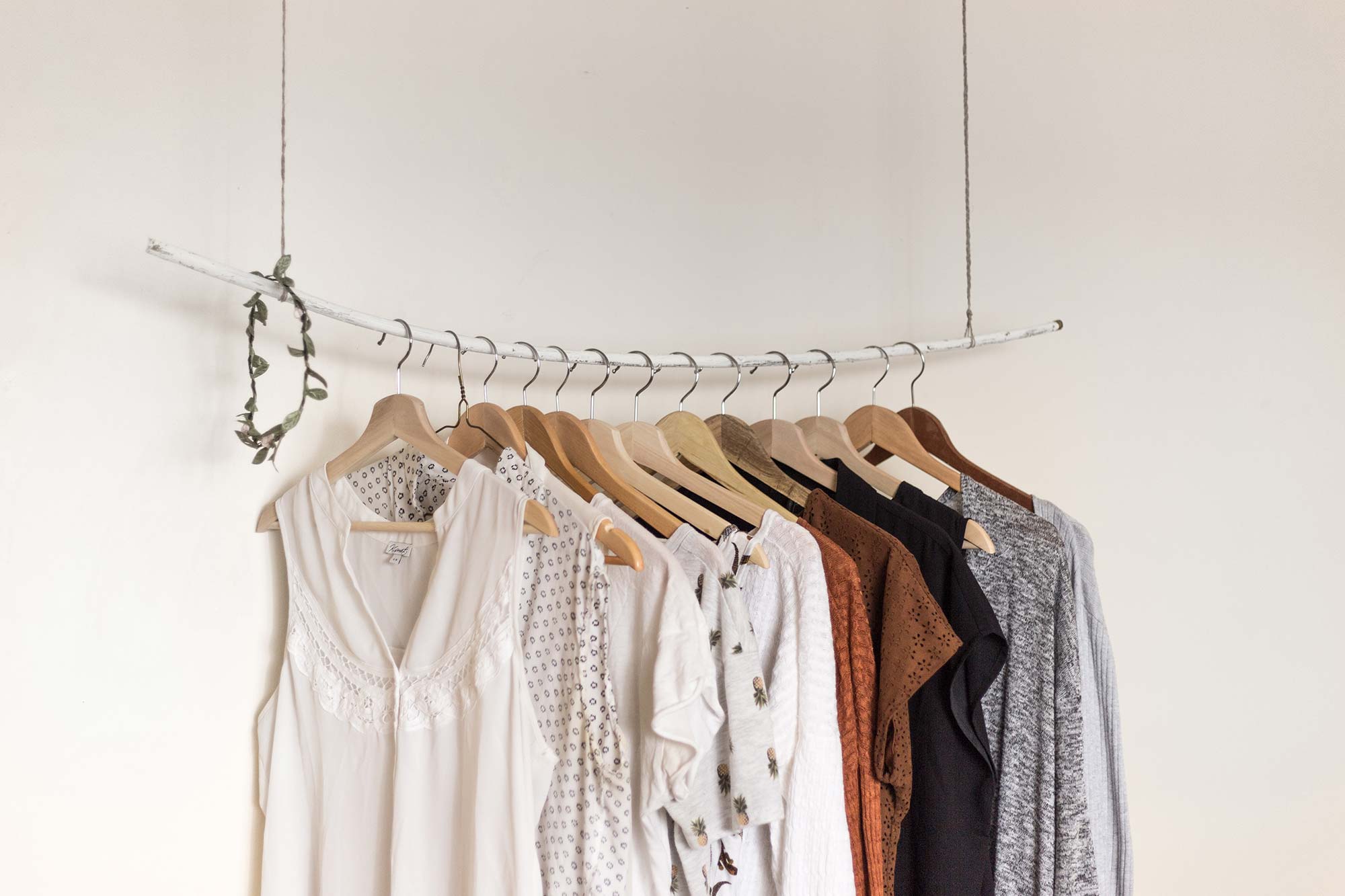Shopping Tips: Clothes and Sustainability
We’ve talked in previous posts about the benefits of buying vintage or second-hand clothing (aside from being sustainable, there are so many good finds!). But while we love a good hunt through a vintage store, we know that it’s not for everyone, at least not all the time. There are certain situations when you really need (or, let’s be real, want) something brand new. So what to do then?

The good news is that you don’t have to throw your ideals out the window in pursuit of a new outfit. Here are some things to keep in mind.
Avoid fast fashion
Ah, the $12 dress. Not to name names, but most of us can relate to buying these by the armful at age *ahem* 21. The appeal is easy to understand — so cheap! — but the consequences are significant. Cheaply made clothing, meant to be worn once or twice and then thrown away, is a nightmare for the environment, and to make matters (much ) worse, this clothing is almost always made from toxic materials. Which brings us to…

Look for eco-friendly fibers
Polyester, acrylic, nylon, and all synthetic fabrics are the ones you definitely want to avoid. They’re made from plastic, and plastic is - say it with me - causing massive problems for the earth. Instead, check labels and gravitate towards clothes made from linen, bamboo, hemp or organic cotton. In other words, you’re looking for fabrics that are made from natural fibers and are biodegradable, which greatly reduces their carbon footprint.
Look for clothes made from recycled materials
In lieu of the materials mentioned above, you can also find brands that are recycling plastic and making something new. One example is fleece, which can be made from recycled plastic bottles. Just be sure to wash these types of clothing in your Guppy Bag to keep more microplastics from be flushed out into our waterways!

Invest (in less)
We get it: it can be daunting to think about spending more money on clothes than you absolutely have to. Instead, we encourage you to re-frame the way you think about the money you spend on clothing. Rather than spend $12 for a cheap dress every single time you need one, find something sustainable and well-made that you’ll be able to wear over and over again. Invest in pieces you really love. Build a wardrobe you want to keep, instead of one you cycle through every six months.

Get to know your local tailor and cobbler
Speaking of keeping clothes you love… this is another way to do that! Even the most sustainable and well-made clothing may get snagged here or there. Rather than give up on something when it gets a rip or tear, take it to a tailor and have it repaired. You’ll be supporting a local business while keeping your well-loved clothes from the landfill.
Go forth and shop sustainably!



1 comment
Hi there,
I really respect and admire your due diligence in not just talking the talk, but walking the walk when it comes to sustainability. In a time when it’s become a buzz-word, it’s clear you’ve done a lot of research and are intentional with each decision you are making towards that goal.
In that vein, with regards to this article, I encourage you to do more research around bamboo as a “sustainable” fabric option – I have done a fair amount of research, and much of the bamboo fabric that is widely available (rayon from bamboo) is quite toxic to the environment and the people making it due to the process of turning the fibers into thread. Lyocell (Tencel) is emerging as a more eco-friendly alternative, though it is still relatively new and not as readily available as bamboo.
Thank you for sharing all of your knowledge, it inspired me to share my own. That’s the best tool we have to move towards a more sustainable future!